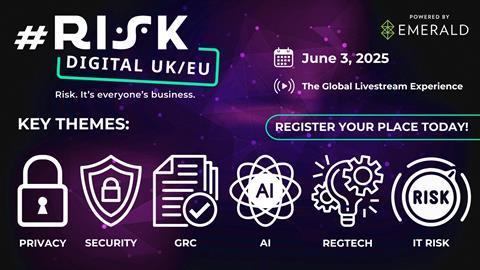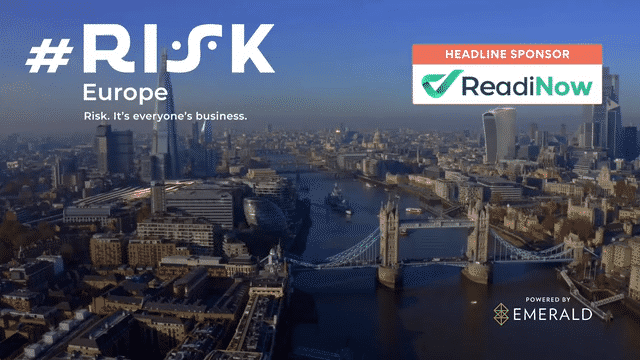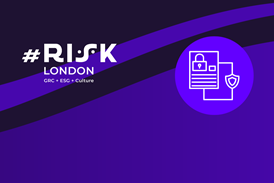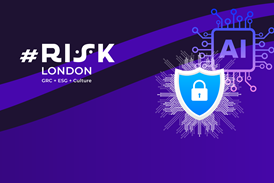The recent headlines surrounding cyberattacks targeting major global brands like Marks & Spencer, Harrods, and other prominent e-commerce platforms serve as a stark reminder: no organization is immune.
In today’s hyper-connected digital world, the threat landscape is constantly evolving, with cybercriminals employing increasingly sophisticated tactics to breach defenses, steal sensitive data, and disrupt operations. These incidents highlight a critical reality – cybersecurity is no longer just an IT issue; it’s a fundamental business risk with profound implications for brand reputation, consumer confidence, and long-term success.
The Expanding Threat Horizon for Global Brands
Global brands, particularly those in retail and e-commerce, are high-value targets. They possess vast amounts of sensitive customer data (payment information, personal details, purchase history) and rely heavily on complex digital infrastructures and interconnected supply chains. The threats they face are diverse and relentless:
- Sophisticated Ransomware: Attacks go beyond simple encryption, now often involving double or triple extortion – stealing data before encrypting it and threatening public release if the ransom isn’t paid.
- Data Theft: Criminals actively seek valuable personal and financial data for sale on the dark web or for use in identity theft and fraud.
- Supply Chain Attacks: Targeting third-party vendors (payment processors, marketing platforms, logistics providers) to gain indirect access to the brand’s systems or data.
- E-commerce Vulnerabilities: Exploiting weaknesses in online platforms, payment gateways, and customer account security.
- AI-Powered Threats: The use of AI by attackers to automate attacks, create convincing phishing scams, and bypass traditional security measures is rapidly increasing.
The direct financial costs of such attacks – remediation, potential fines, legal fees – are significant. But the indirect costs can be even more damaging.
The Erosion of Trust: The High Cost of a Data Breach
Perhaps the most significant and lasting impact of a major cyberattack is the erosion of consumer trust and damage to brand reputation. When customers entrust a brand with their personal data, they expect it to be protected rigorously. A breach shatters that trust, often irreparably.
Consumers are more privacy-aware than ever. News of stolen credit card details, leaked personal information, or compromised accounts travels fast, amplified by social media. The reputational fallout can lead to customer churn, negative press, decreased loyalty, and difficulty attracting new customers. Rebuilding that trust is a long, arduous, and expensive process.
Why Silos Fail: The Need for a Connected Defense
Too often, cybersecurity and data protection are viewed as the sole responsibility of the IT or security departments. This siloed approach is dangerously inadequate in the face of interconnected risks. Consider:
- Marketing: Handles vast amounts of customer data for campaigns and personalization.
- E-commerce Platforms: Process transactions and store customer details.
- Finance: Manages payment systems and financial data.
- Legal & Compliance: Responsible for regulatory adherence (GDPR, CCPA, etc.) and breach notification.
- Supply Chain/Procurement: Manages relationships with third-party vendors who may have access to systems or data.
- Customer Service: Deals directly with customers whose data may be compromised.
A successful defense requires a cross-functional approach. Collaboration and shared understanding between these departments are essential for identifying vulnerabilities, implementing effective controls, and responding cohesively to incidents.
Building Resilience: Investing in People, Process, and Technology
Mitigating these complex cyber risks requires a multi-layered strategy and ongoing investment:
- Empower Security & GRC Teams: Provide adequate budget, resources, authority, and board-level visibility.
- Foster a Security-First Culture: Educate all employees on identifying threats like phishing and the importance of strong security practices (the “Human Firewall”). Regular training is crucial.
- Implement Robust Technical Controls: Deploy advanced security solutions (endpoint detection and response, security information and event management, zero-trust architecture, strong access controls).
- Prioritise Data Governance & Privacy: Implement strong data governance frameworks, data minimization principles, and ensure compliance with relevant privacy regulations.
- Strengthen Third-Party Risk Management (TPRM): Conduct thorough due diligence on all vendors and partners, enforce strong contractual security clauses, and implement continuous monitoring.
- Invest in Incident Response & Business Continuity: Develop and regularly test comprehensive plans to detect, respond to, and recover from cyber incidents quickly and effectively.
- Leverage Expert Solutions: Partner with specialised cybersecurity firms and utilise advanced third-party security solutions where appropriate.
#RISK Series: Your Platform for Cybersecurity and Privacy Solutions
The challenges highlighted by the attacks on major brands underscore the core themes explored within the #RISK Series. Our events focus significantly on cybersecurity, data protection, and privacy, providing a vital platform for professionals to share knowledge, learn best practices, and discover solutions.
Join us at our upcoming events to gain actionable insights:
#RISK Digital EU/UK (Livestream - June 3rd)
This virtual event features sessions directly addressing these issues, including:

- ”Ransomware Resilience: Beyond Prevention to Rapid Recovery”
- ”Cyber Insurance in Flux: What’s Covered in 2025?”
- ”The Human Firewall: Cultivating a Cybersecurity-First Culture”
- ”AI and Personal Data: Redrawing the Lines of Consent”
#RISK Digital EU/UK Registration
#RISK New York (In-Person - July 9-10)
Our flagship US event will feature deep dives into related topics crucial for US businesses, including:

- Sessions tackling “The Shifting Sands of Cyber Risk” specifically for high-stakes industries.
- Discussions on “IT Risk in an AI-Driven World.”
- Strategies for “Navigating Third-Party Risks for a More Resilient Business.”
- Exploring “Protecting Democracy: Combating Misinformation, Election Threats, and Digital Privacy Risks.”
Conclusion:
The cyber threats facing global brands are persistent and evolving. Protecting customer data, maintaining trust, and ensuring operational resilience requires more than strong firewalls; it demands a strategic, collaborative, and well-resourced approach to risk management across the entire organization. The #RISK Series provides the essential forum to learn, connect, and build the defenses needed for the future.

















No comments yet